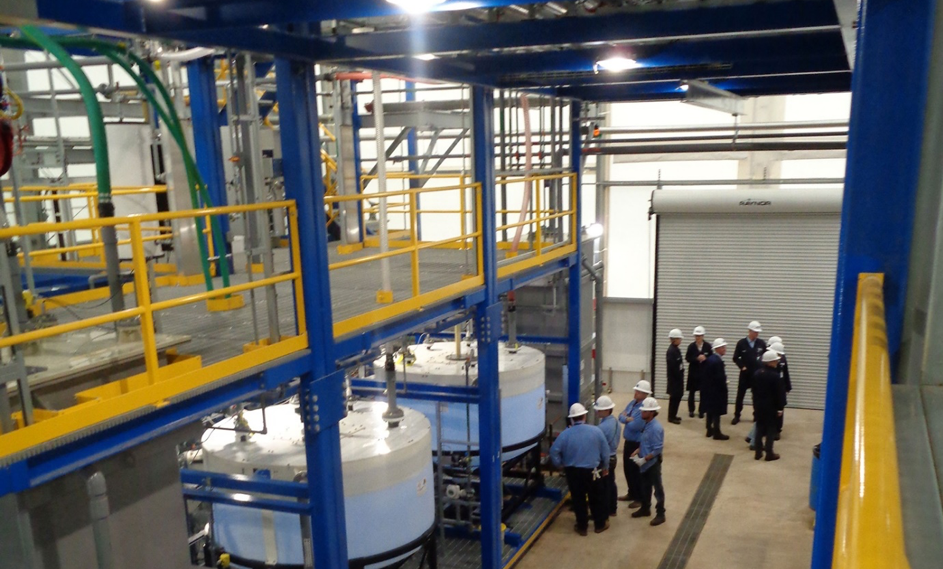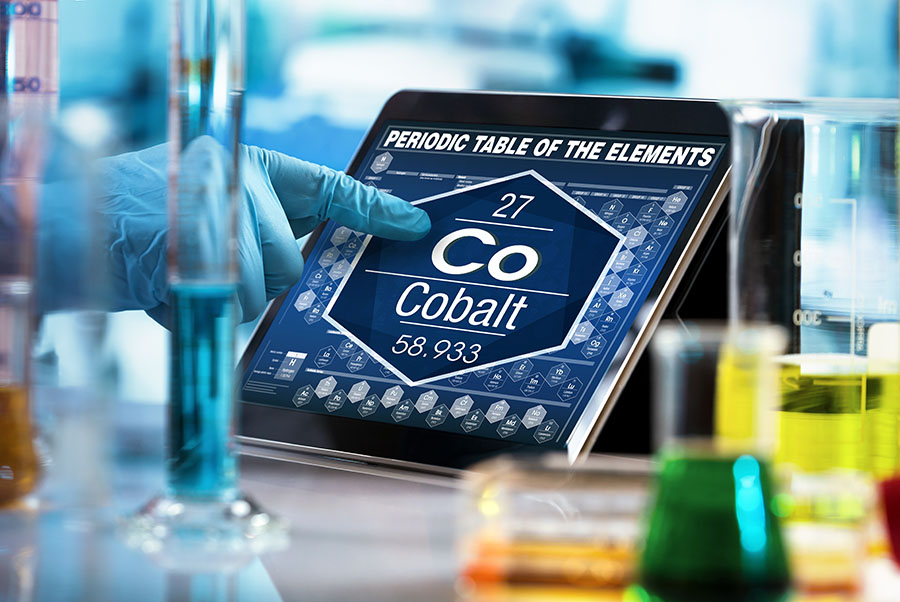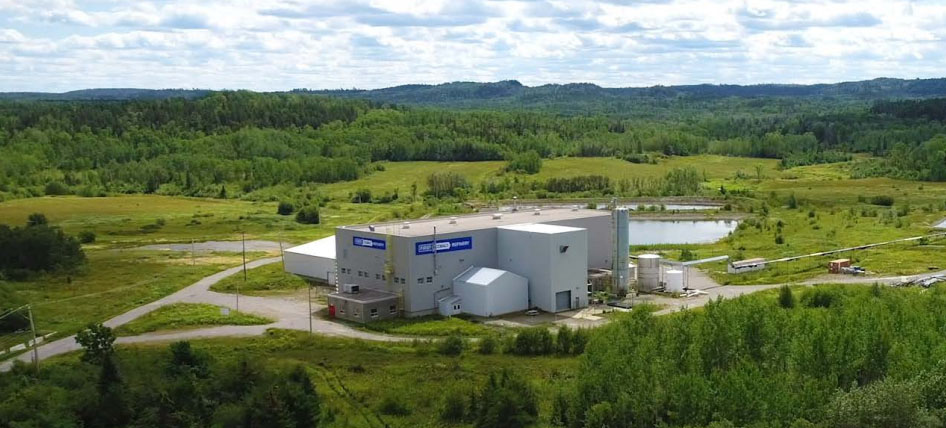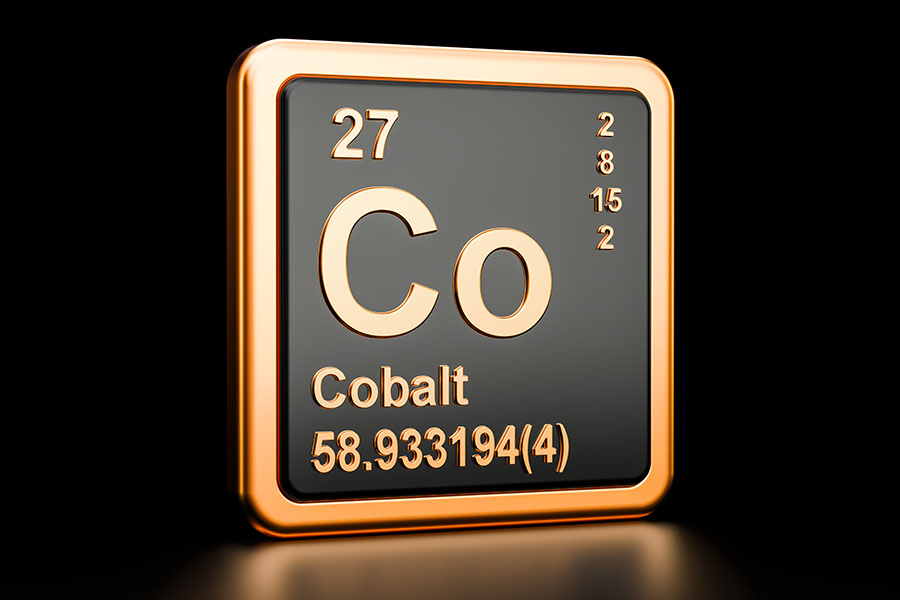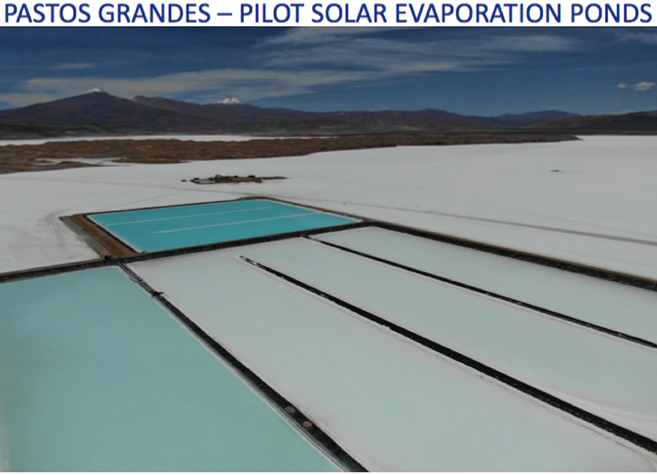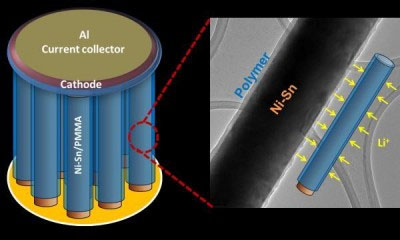
The 3-D Li-ion battery prototype—the size of a battery used in cell phones—can be recharged in 12 minutes, whereas traditional Li-Ion batteries require 2 hours. According to the researchers, the battery's 3-D architecture offers the durability and strength to it. The prototype's discharge capability is twice that of a traditional Li-Ion battery at high discharge rates. Its operating life is also twice that of current Li-Ion batteries. Commercial 3-D Li-Ion battery would be lighter and thinner than current ones, as its 3-D structure can store more lithium ions per unit volume.
Study leader, Amy Prieto's research at the Colorado State University is part of an initiative to enhance the performance of Li-Ion batteries. Traditional Li-Ion battery contains graphite as anode, lithium compound as cathode and an electrolyte that isolates the electrodes. But the design presents numerous disadvantages, including slow recharge, limited operating life and requirement of special integrated circuits to eliminate overheating. The researchers have changed the interior of the traditional Li-Ion battery to tackle these issues.
Instead of graphite, scientists used copper antimonide nanowires as anode with a width of 1/50,000th of a single human hair. The huge surface area can store 2x the lithium ions as graphite stored per unit volume. They have high stability in chemicals and heat resistance than graphite. The nanowires are organized into a tightly packed 3-D structure. For the final design, a thin layer of electrolyte is then coated over the nanowires, which are then bounded with traditional lithium cathode.
Prieto expects commercial versions of the 3-D Li-Ion battery could reach the market within two years.



